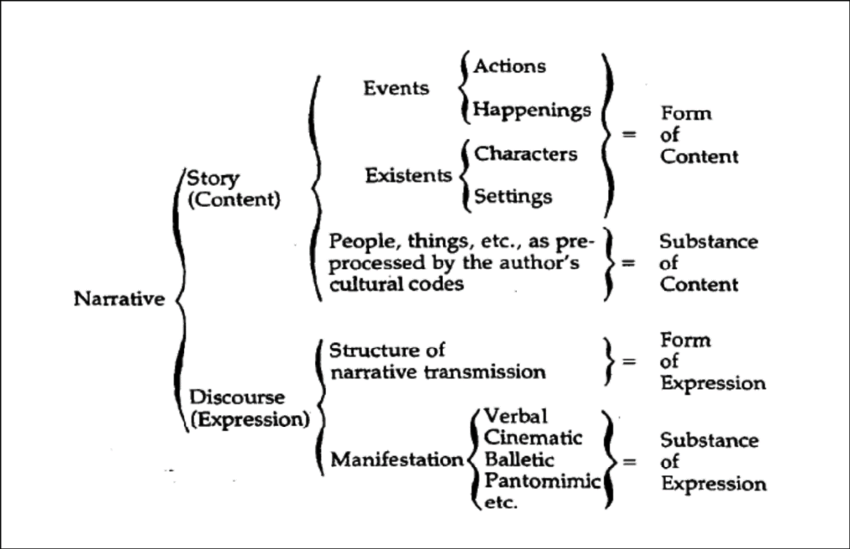Chatman’s narrative theory provides a valuable framework for media students to examine and comprehend how narratives operate across different forms of media. The theory highlights three crucial components that contribute to a coherent narrative: story, plot, and narration. Chatman asserts that these elements work together to create a meaningful and complex narrative (Chatman, 1978).
One of the most significant contributions of Chatman’s theory is that it emphasizes the importance of the audience’s role in creating meaning in a narrative. As Chatman argues, the way in which the narrative is presented has a substantial impact on how the audience interprets and understands the story (Chatman, 1978). Therefore, media creators need to consider how their presentation of the narrative elements may affect the audience’s interpretation and reception.
Another critical element of Chatman’s theory is his recognition of the role of repetition and variation in constructing a narrative. According to Chatman, repetition can reinforce the significance of particular events or motifs, while variation can introduce new perspectives and ideas to the story. By utilizing repetition and variation strategically, media creators can construct more complex and engaging narratives that capture the audience’s attention and imagination (Chatman, 1978).
However, some scholars have criticized Chatman’s theory for placing too much emphasis on the formal elements of narrative structure, such as plot and narration, and neglecting the broader social and cultural contexts that shape the creation and reception of narratives. Thus, some have advocated for a more nuanced approach to narrative analysis that considers the political and cultural factors that influence the creation and reception of narratives (Ryan, 2006).
In conclusion, Chatman’s narrative theory provides an essential foundation for media students to analyze and understand the intricacies of narrative construction in different media forms. By highlighting the role of story, plot, and narration, as well as the significance of the audience’s interpretation, Chatman’s theory has made significant contributions to our comprehension of how narratives function in media (Herman, 2009). Nonetheless, further research is necessary to appreciate the complexities of narrative in various media forms fully.

References:
Chatman, S. B. (1978). Story and discourse: Narrative structure in fiction and film. Cornell University Press.
Herman, D. (2009). Basic elements of narrative. John Benjamins Publishing.
Ryan, M. L. (2006). Narrative across media: The languages of storytelling. University of Nebraska Press.
